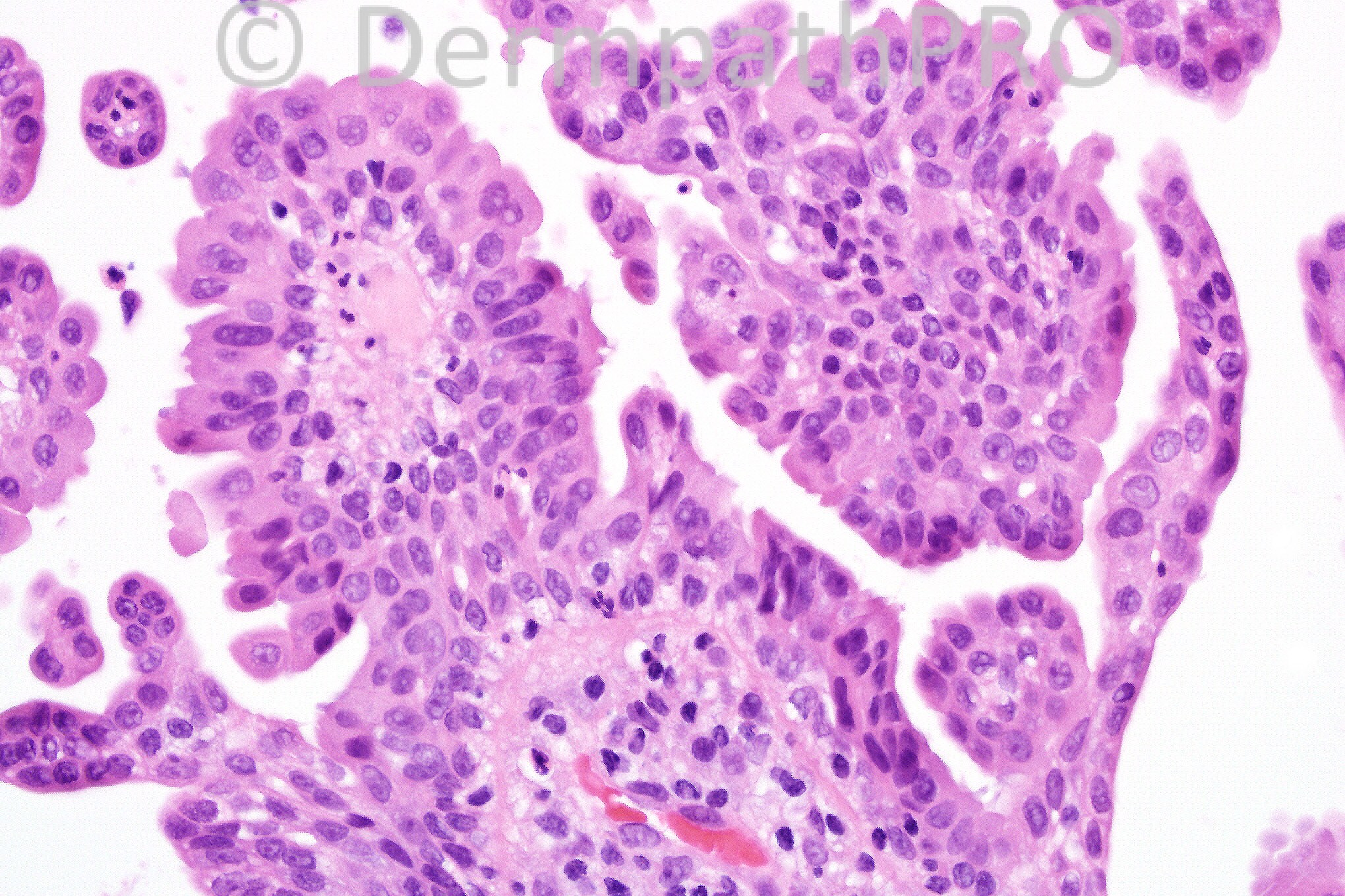Case Number : Case 589 - 11 Sept Posted By: Guest
Please read the clinical history and view the images by clicking on them before you proffer your diagnosis.
Submitted Date :
Female 43 years with a bluish lesion on the cheek.Â





User Feedback